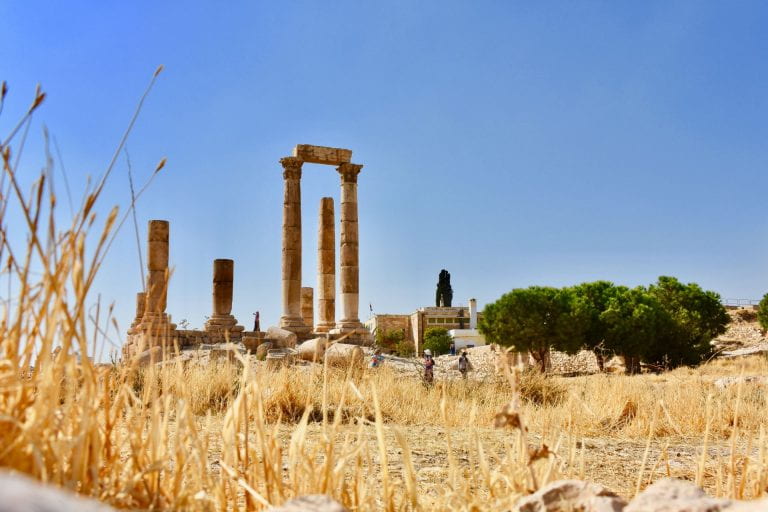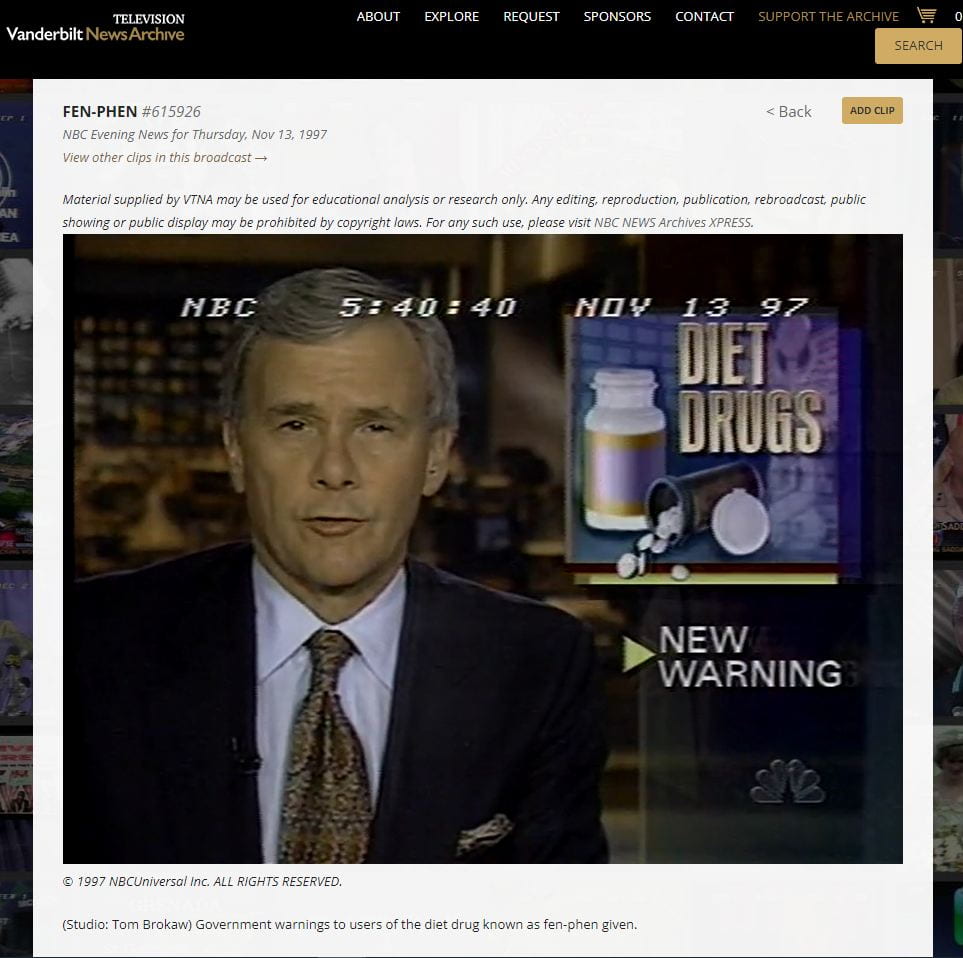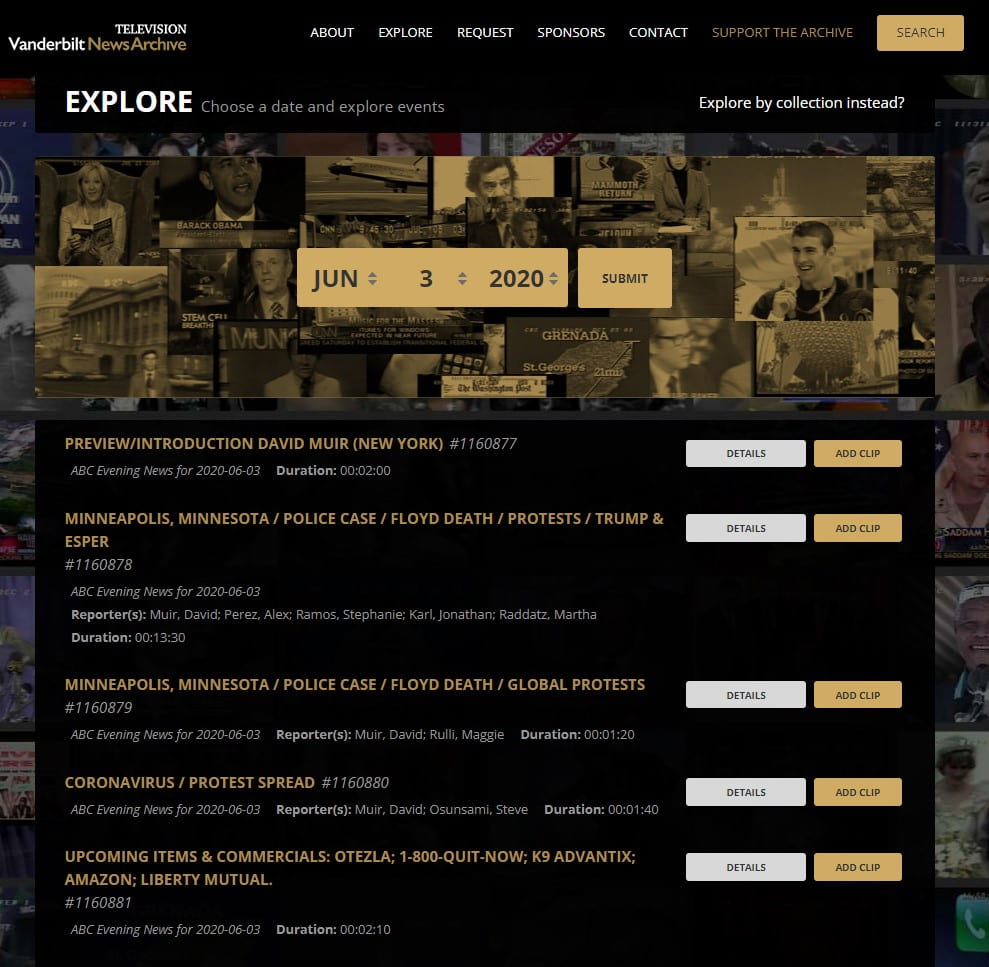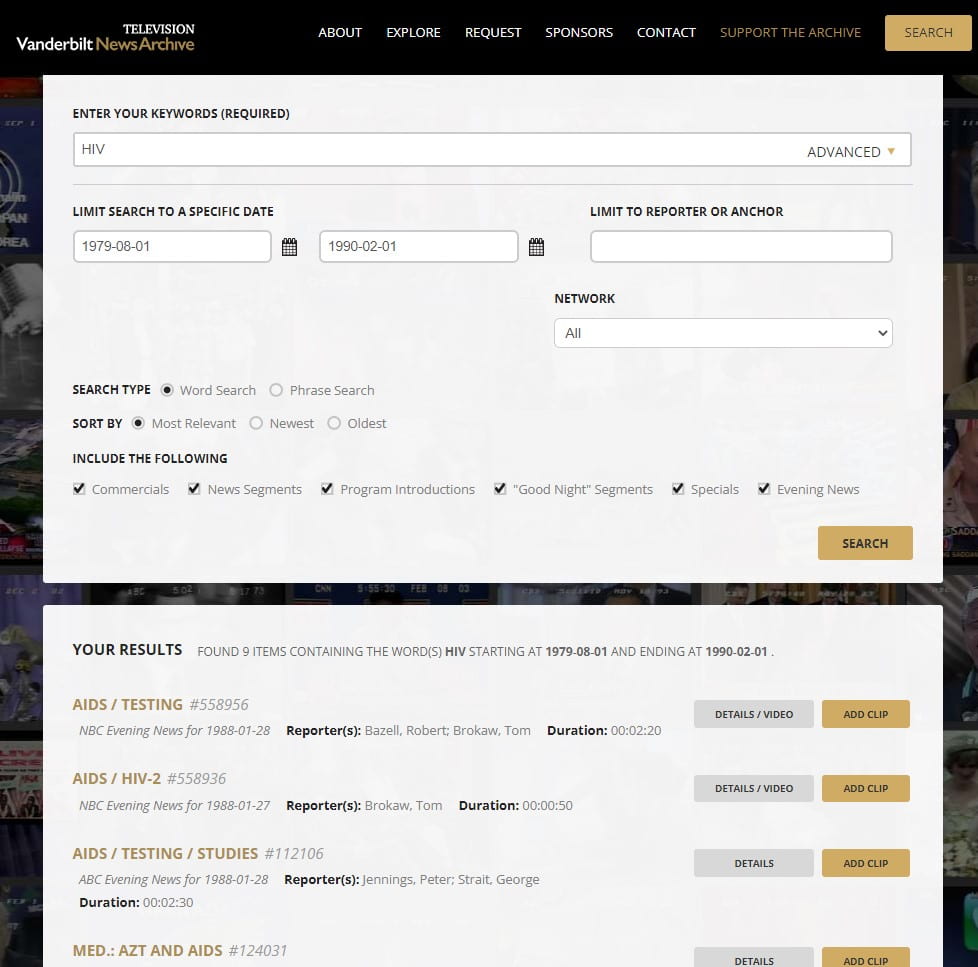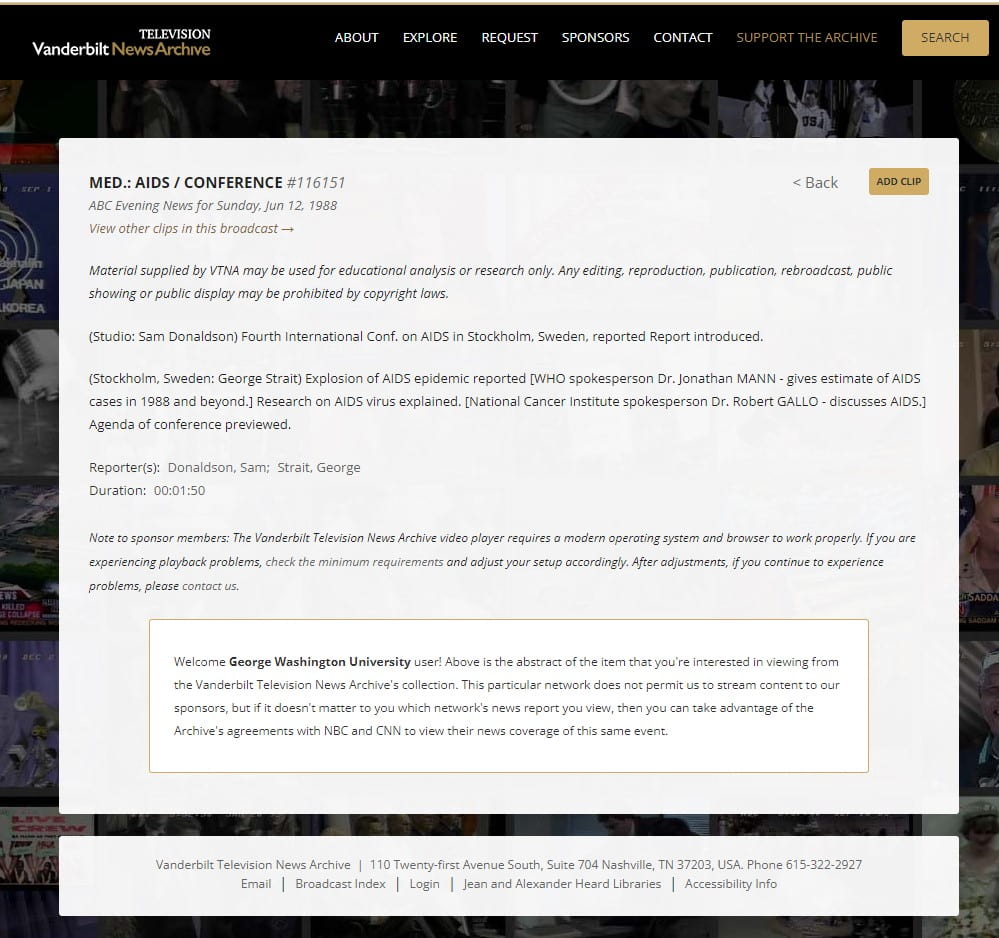Libraries have existed for many years, though ancient and medieval libraries operated differently than libraries today. Unfortunately, for many centuries, libraries were not accessible to everyone in society and only members of the elite classes (such as monarchs, religious leaders, or wealthy individuals) had the ability to use ancient libraries. The history of medical libraries is closely intertwined with the broader history of libraries. While many ancient civilizations created and archived medical texts, medical libraries as we know them today have only existed for a few centuries. To better understand the foundations of modern medical libraries, it is important to begin with the earliest foundations of all libraries.
Libraries in the Ancient World:
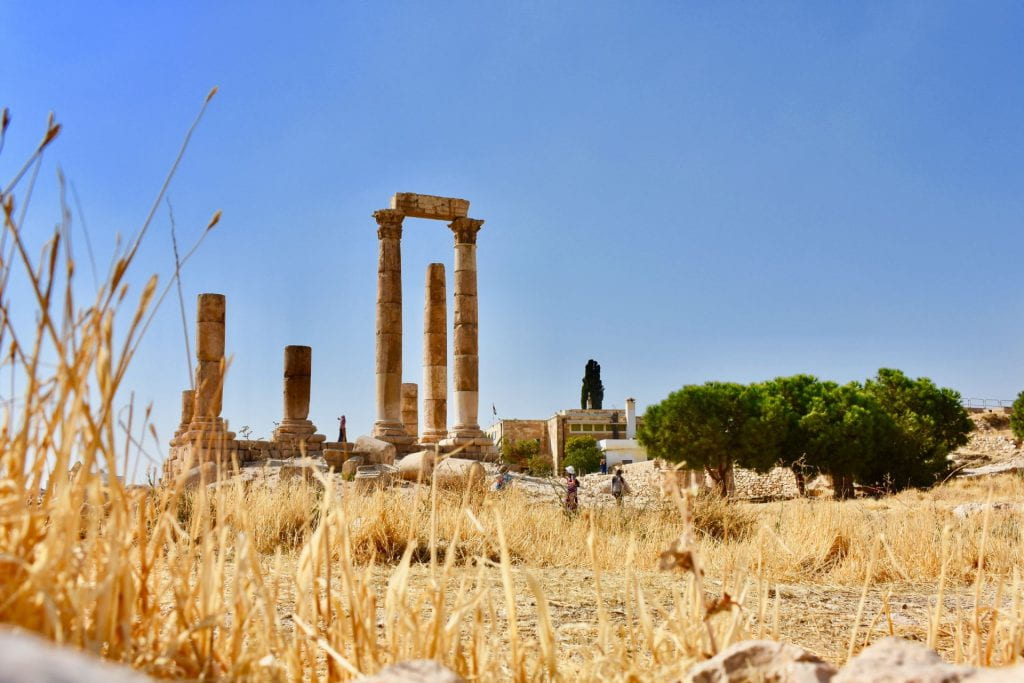
Professor Michael H. Harris wrote in History of Libraries in the Western World “Conceivably, it should be possible to decide just when and where the first library originated, but all we know is that at certain times and in certain locations early libraries existed.” (Harris, 1999, pg. 7) Many of the manuscripts that once existed in ancient libraries are no longer available. Historians know of these lost texts by references made in other works.
Despite the inconsistent access to primary sources, historians have been able to determine some characteristics of older libraries. For example, archeological and historical discoveries reveal that there were three common writing surfaces used in the ancient world: papyrus, parchment and the clay tablet. (Harris, 1999) . These texts were typically stored in jars or on open shelves. There was also a classification system so items could be easily retrieved, though these classification systems varied from location to location.
One of the earlier libraries was located in the Assyrian civilization. The library of King Assurbanipal consisted of over 30,000 tablets which covered a range of subjects, including medicine and medical procedures. “Several hundred of the tablets cover medical matters and give details of medical practices; others are on the borderline between medicine and magic arts.” (Birchette, 1973, pg. 302) Staff members helped run the library and the library was open to scholars within the kingdom. (Harris, 1999) There was also an organization system used in the library: “The clay tablets inside the rooms of Assurbanipal’s library were kept in earthen jars, and the jars in turn were kept in orderly rows on shelves. Each tablet bore an identification tag, indicating the jar, shelf and room of its location. On the walls of each room, beside the door, was a list of the works to be found in that room.” (Harris, 1999, pg. 19)
The library of Assurbanipal provides a glimpse of what libraries were like millennia ago. Similar institutions could be found in other civilizations in Egypt, Greece and Rome.
Medieval Libraries:
After the collapse of the western Roman Empire in 476 there was a decline in learning and a general societal stagnation in many parts of Europe. During this time, Middle Eastern civilizations flourished culturally and served as the center of learning. Scholars note that there are several reasons why medieval Muslim civilizations became a central hub for learning. Some of these reasons include the inexpensive cost of manuscript books, relatively high literacy rates among the upper and middle classes and the centrality of books to the Islamic faith. (Walbridge, 2016) Medical centers existed in cities like Salerno and Cordova and research shows that libraries at this time contained massive collections. “At their finest, Islamic libraries were large, well-organized institutions with specially built facilities for book storage and reading, professional staff, regular budgets and endowments, catalogs, and even lodging and stipends for visiting scholars.” (Walbridge, 2016, pg. 2)
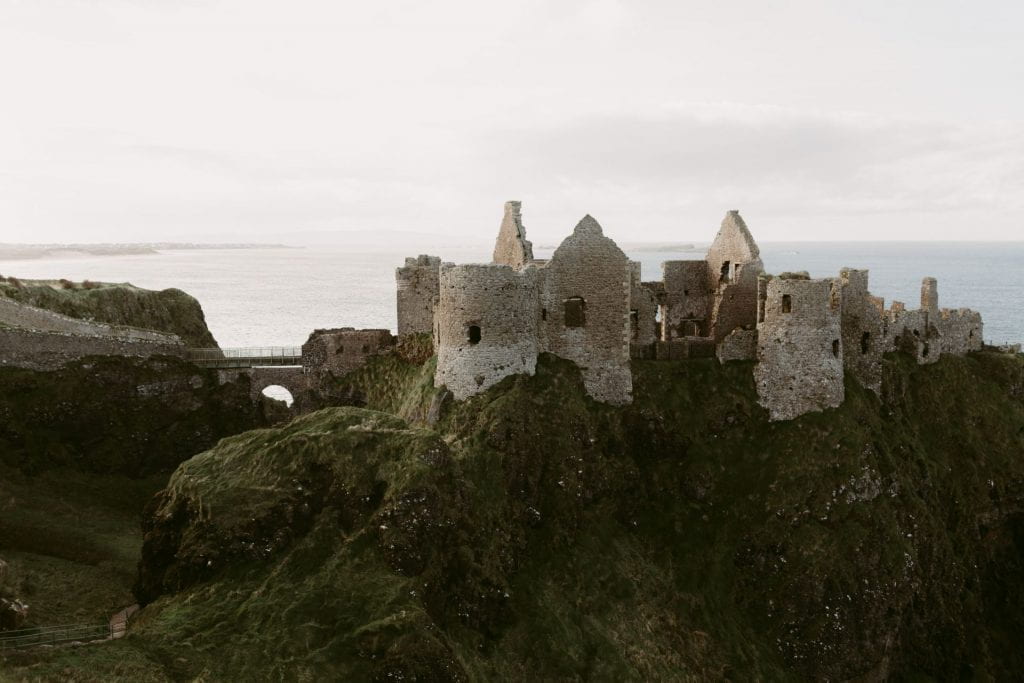
While there was a lack of cultural growth in Europe during the early periods of the Middle Ages, the rise of Christian monasticism began in the 500s and the newly built monasteries continued the work of ancient libraries. The libraries in monasteries were much smaller in size and scope than libraries in the Islamic or ancient worlds. Not only were monasteries places where people could study and reflect on religious texts in seclusion, but they also served as places to care for the sick. “The monastery of Monte Cassino in Italy, founded in 529 by St. Benedict, was one of the first monasteries to assume the responsibility for nursing the sick.” (Birchette, 1973, pg. 304) Additionally, Cassiodorus, an influential figure in the monastic tradition, “felt it was very important that a Christian should study the medical practices of the past in order to prepare himself for the care of the sick. As a result of his feelings toward medical knowledge, Cassiodorus began to collect for the use of the monks all available medical and philosophical manuscripts both in his monastery and at Monte Cassino.” (Birchette, 1973, pg. 305)
During the medieval period, religions heavily influenced libraries and the curation of their collections. While medical texts were present in both Islamic libraries and Christian monasteries, these texts existed within larger general collections. With the rise of universities and a renewed interest in education and learning, there was a gradual shift in the organization of libraries and soon medical texts would exist in their own collections.
The University Library:
Universities began to emerge in the Western World around the 12th century and with the rise of these institutions, libraries once again began to change to fit the needs of these new crop of scholars. Many early universities did not have the funds to establish a central library. As such instructors frequently opened up their private collections to their students. Alternatively, students would keep books in a communal area and money would be collected for the purchase of new books.
Two documented instances of medical libraries were the libraries located at the University of Florence and the University of Paris. (Birchette, 1973) As with all other university libraries, the development of medical libraries was slow for many years. “Not until printed books became common did the library book stocks reach into the thousands.” (Harris, 1999, pg. 79) Private book collections were a common practice for those who could afford to frequently purchase books and these private collections sometimes became the foundations for many early university libraries.

When European countries began to colonize the Americas, colonial figures brought over their private collections. John Winthrop who lived in the Massachusetts Bay Colony is credited with one of the earliest medical collections in the United States. In 1812, his collection went to the New York Hospital, before eventually moving to the New York Academy of Medicine. The Pennsylvania Hospital Library is the oldest medical library in the United States and by 1856, its collection contained over 10,000 volumes. (Birchette, 1973) In the 1800s, more medical libraries were established in the United States and near the end of the century, there were an estimated 120 medical libraries in the country. (Birchette, 1973)
Modern Libraries:
After 1850, the growth of libraries in the United States increased significantly. “Using economic terms, the “take off” in the development of American libraries can be said to have occurred between 1850 and 1900, and by the latter date most of the library forms known to modern librarians were firmly established and their patterns of development clearly visible.” (Harris, 1999, pg. 165) From 1850 onward, there was an intentional and systematic development of libraries in the United States and other parts of the Western world. These libraries soon became the institutions we are familiar with today.
In 1898, the Association of Medical Librarians (now known as the Medical Library Association) was founded by four librarians and four physicians. The purpose of this association “was the fostering of medical libraries and the maintenance of an exchange of medical literature among its members.” (Medical Library Association, 2023) Several years earlier, in 1836 the Library of the Office of the Surgeon General of the Army was established and in 1956, Congress voted to rename this the National Library of Medicine.
In the 1900s, special department or college libraries were established as many university libraries became too large to effectively maintain. Libraries in hospitals also grew during this time. Hospital libraries served both health sciences professionals and their patients, providing technical, medical texts and consumer health resources. Special libraries such as medical school and hospital libraries are typically smaller than public or general university libraries. But the subject specificity of these libraries are greatly valued by fields like the health sciences. Harris noted that special libraries “can often experiment with new ideas, new methods, new technologies, and new services more easily than the older, larger, and more standardized libraries.” (Harris, 1999, pg. 189) Examples of this include the National Library of Medicine’s PubMed database or the consumer health website, MedlinePlus.
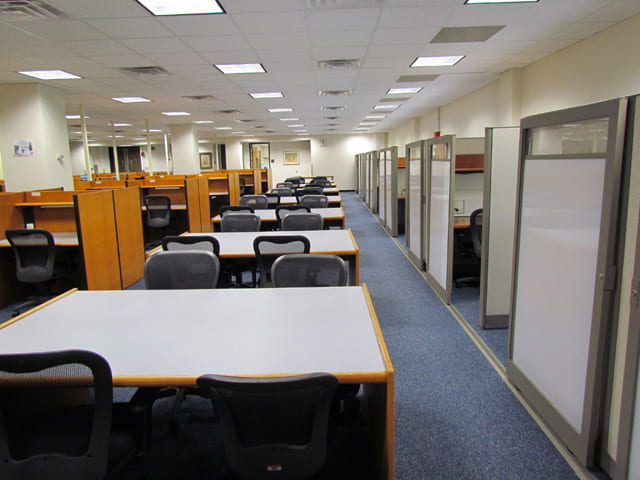
The development of libraries has a long history and at different points, certain groups worked to preserve literature, culture and share that information with the select elite. While this history spans multiple countries and points in time, it is important to note the limitations of this Western perspective. The history of libraries focuses primarily on Western Europe and the Americas after colonization. Thus this history is only a sliver of the larger story of libraries in the world.
If you wish to learn more about libraries, please read one of the references listed below. Or seek out alternative perspectives, such as ‘History and status of Native Americans in librarianship’ by Lotsee Patterson, ‘Stories told but yet unfinished: Challenges facing African American libraries and special collections in historically black colleges and universities’ by Irene Owens or ‘The History and status of Chinese Americans in librarianship’ by Mengxiong Liu.
References:
- Birchette K. P. (1973). The history of medical libraries from 2000 B.C. to 1900 A.D. Bulletin of the Medical Library Association, 61(3), 302–308.
- Connor, J.J. (1989). Medical library history: A survey of the literature of Great Britain and North America. Libraries & Culture, 24(4). 459-474.
- Harris, M. H. (1999). History of libraries in the western world (4th ed.). Scarecrow.
- Medical Library Association. (2023). MLA Milestones 1898-1998. https://www.mlanet.org/p/cm/ld/fid=334
- National Institutes of Health. (2020). National Library of Medicine (NLM). https://www.nih.gov/about-nih/what-we-do/nih-almanac/national-library-medicine-nlm#:~:text=NLM%20started%20in%201836%20as,United%20States%20and%20the%20world.
- Walbridge, J. (2016). Libraries. In R.C. Martin (Ed.), Encyclopedia of Islam and the Muslim World (2nd edition). Macmillion Reference USA.

